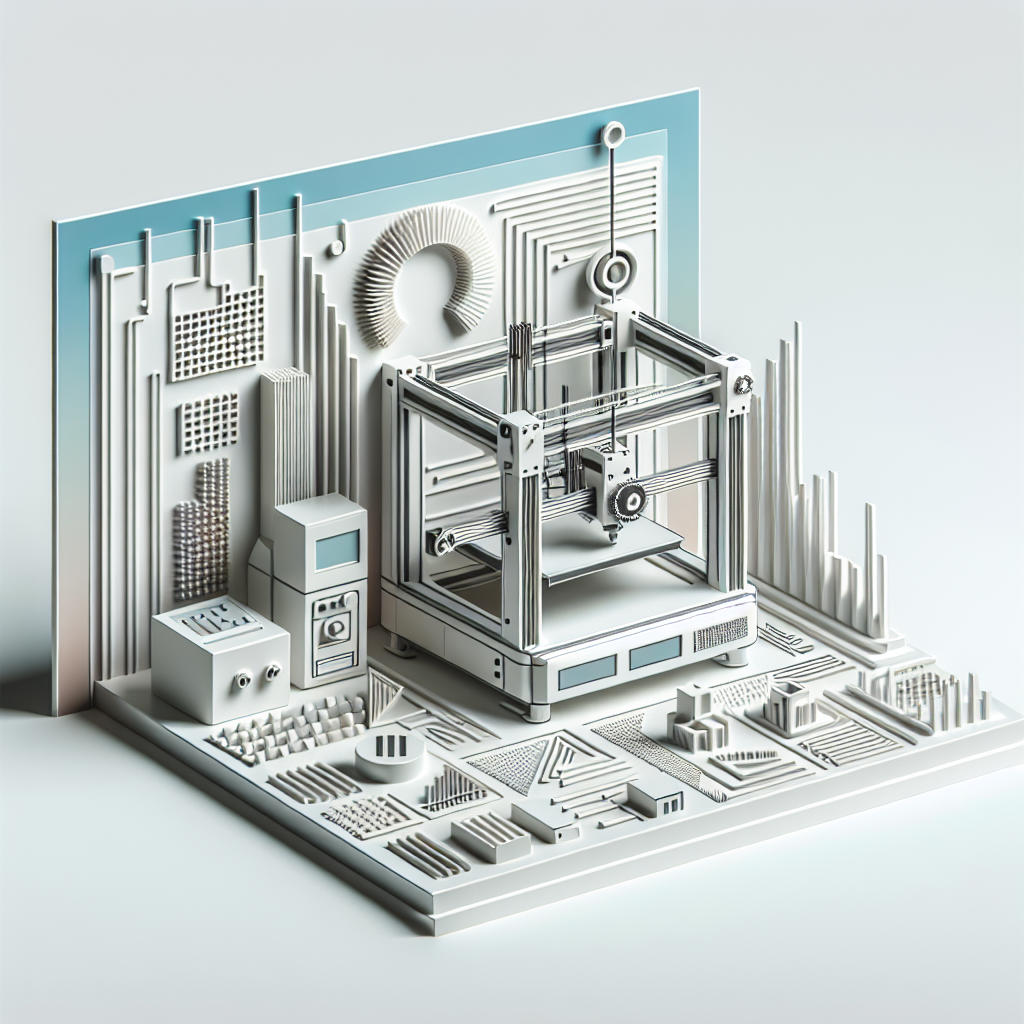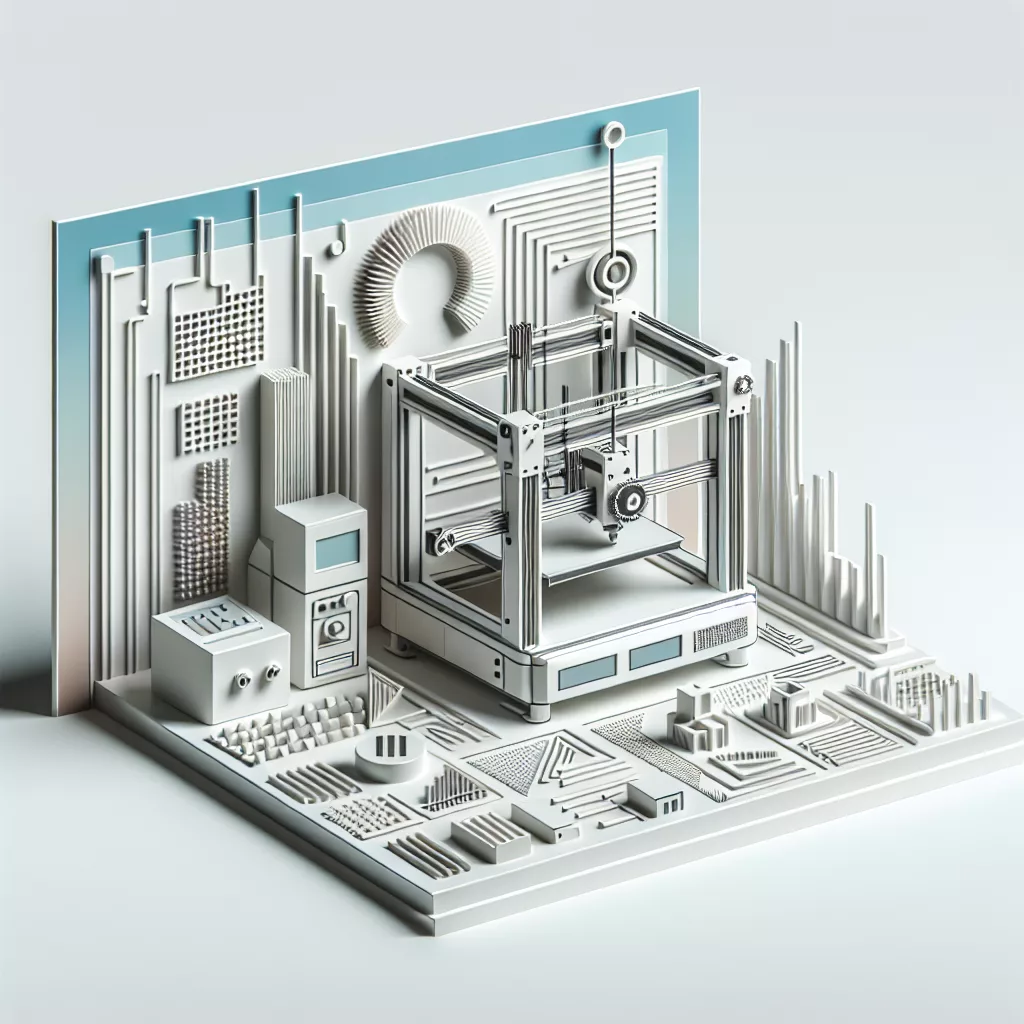Introduction: A New Era in Manufacturing
The fusion of Artificial Intelligence (AI) and 3D printing is revolutionizing the manufacturing landscape. These advanced technologies, working hand in hand, are transforming how products are developed, prototyped, and manufactured, significantly enhancing efficiency, precision, and customization capabilities. In this article, we’ll explore the remarkable ways AI is reshaping 3D printing processes and driving innovation in manufacturing.
AI-Driven Design Optimization
One of the most impactful applications of AI in 3D printing is design optimization. Traditionally, engineers and designers relied heavily on manual adjustments and trial-and-error approaches. Today, AI-powered software can rapidly evaluate thousands of design configurations, assessing factors such as weight reduction, structural integrity, and material efficiency. Through generative design, AI algorithms produce highly optimized, complex geometries that would be nearly impossible for humans to conceptualize alone.
This design freedom results in lighter, stronger, and more efficient components, reducing material consumption and production costs. Industries such as aerospace, automotive, and medical devices are already benefiting significantly from AI-enhanced designs, achieving unparalleled performance levels through additive manufacturing.
Automated Defect Detection and Quality Control
Quality control has traditionally been a time-consuming and labor-intensive aspect of manufacturing. With AI integration, the process of detecting defects and inconsistencies during 3D printing is automated and streamlined. AI-powered vision systems continuously monitor the printing process in real-time, identifying flaws such as deformities, material inconsistencies, and structural weaknesses.
By immediately identifying errors, AI enables rapid corrective actions, significantly reducing material wastage, downtime, and overall production costs. The result is a drastic improvement in output quality, reliability, and consistency for manufacturers across various sectors.
Enhanced Predictive Maintenance
AI technology is also transforming equipment maintenance practices in additive manufacturing facilities. Predictive analytics algorithms analyze production data, sensor readings, and equipment performance patterns to forecast potential system failures and maintenance requirements.
This proactive approach allows manufacturers to schedule maintenance at the optimal time, minimizing unexpected downtime and extending equipment lifespan. Consequently, production plants operating 3D printers benefit from improved productivity, reduced operational costs, and enhanced efficiency.
Intelligent Material Selection and Optimization
Selecting the optimal materials is crucial for successful 3D printed parts. AI algorithms simplify this complex process by analyzing vast databases of material properties, environmental conditions, and specific use-case requirements to recommend the ideal materials for each printing project.
Additionally, AI-driven simulation software can predict how a material will behave during printing, ensuring improved quality, performance, and reliability of finished products. This capability helps manufacturers avoid costly mistakes and facilitates the development of tailored solutions for highly specialized applications.
Personalization and Customization on Demand
AI-driven 3D printing is enabling unprecedented levels of personalization and customization in manufacturing. Through AI algorithms and machine learning, manufacturers can rapidly adapt products to meet unique customer needs or specific market demands in real-time.
This powerful combination of AI and additive manufacturing offers virtually limitless possibilities—from personalized medical implants and customized prosthetics to bespoke automotive components and consumer goods. As a result, manufacturers can respond quickly to customer preferences, creating a competitive edge and driving customer satisfaction.
Environmental Sustainability and Waste Reduction
Sustainability is growing increasingly important for manufacturers, and AI-enhanced 3D printing is playing a significant role in reducing environmental impact. AI algorithms optimize material usage, minimize waste, and reduce energy consumption by ensuring that parts are printed efficiently and accurately the first time, with minimal errors.
Additionally, AI-assisted processes contribute to significant reductions in transportation and inventory storage demands through localized, on-demand production. Ultimately, AI-driven additive manufacturing presents an environmentally responsible choice that aligns manufacturing practices with global sustainability goals.
Conclusion: The Future of AI and 3D Printing
As additive manufacturing continues to evolve, the integration of artificial intelligence represents the next significant leap forward for the industry. With smarter designs, automated quality control, predictive maintenance, intelligent material optimization, and enhanced personalization, AI-driven 3D printing is paving the way for a new generation of manufacturing solutions.
By embracing these innovative technologies, manufacturers can significantly boost productivity, reduce costs, and deliver superior products tailored to individual customer needs—all while minimizing environmental impact. The future of manufacturing undoubtedly lies in the seamless synergy between AI and 3D printing technologies.


Leave a Reply